
8 Important Steps In The UX Design Process You Should Know
Nov 26, 2024 5 Min Read 2443 Views
(Last Updated)
The success of a product or a service not only depends on its features but rather on its user experience as well. To make a product successful, first, it should be easily accessible and attractive to the audience. That’s where UX design comes in and the process that goes behind is what we call the UX design process.
Nowadays, User Experience (UX) design plays a prominent role in this digital-driven world. As everything depends upon the user’s reaction to it, companies are focusing more on making their product or service rich in terms of user experience.
If you are a UX designer who’s just starting out, this article is for you. In this article, we explained the UX design process step-by-step so that you can understand it thoroughly and implement it whenever you are designing for a product.
So, without any delay, let’s get started.
Table of contents
- What is UX Design?
- What is the UX Design Process?
- 8 Steps In The UX Design Process You Should Know
- Research Phase
- Planning Phase
- Design Phase
- Prototyping Phase
- Testing Phase
- Implementation Phase
- Launch Phase
- Post-Launch Phase
- Conclusion
- FAQ
- Why is the research phase important in UX design?
- What role does user feedback play in UX design?
- How can UX design enhance business outcomes?
- What are some common challenges in UX design?
- What role does empathy play in UX design?
What is UX Design?

User Experience (UX) design is a multidisciplinary field that focuses on enhancing the overall experience a person has when interacting with a product, service, or system.
It involves a wide range of elements, including usability, accessibility, aesthetics, and functionality, with the ultimate goal of creating a product that not only meets but exceeds user expectations.
At its core, UX design is about understanding the needs, behaviors, and preferences of the users and then using that understanding to inform the design process.
This involves conducting research to gather insights into user demographics, motivations, and challenges. By doing so, designers can create solutions that are not only visually appealing but also intuitive and easy to use.
The roles and responsibilities of a UX designer are vast and since it is a multidisciplinary field, it is important to follow the UX design process to achieve the maximum output that can enhance user experience.
As we proceed to the next phase, make sure you understand the fundamentals of UI/UX, which includes heuristic analysis, journey maps, testing, etc. If you want to explore more about it, join GUVI’s UI/UX Course with Placement Assistance. You’ll also learn about the tools used in UI/UX which are AdobeXD, Illustrator, Photoshop, Figma, and many more. Build some amazing real-time projects to get hands-on experience.
Also, if you want to explore Figma through a Self-paced course, try GUVI’s Figma certification course.
What is the UX Design Process?
The UX design process is a systematic approach to creating products or services that are enjoyable, effective, and user-friendly. As with any other process that involves the creation of a product for the user, the UX design process also consists of several phases, each with its own set of activities and goals.
The upcoming section will have all the steps that you need to know in the UX design process but before that, you need to learn UX designing and get certified by a Professional Organization so that you can implement all your UX skills with the help of this article in the real world.
The career opportunities for UX designer is increasing day by day but before you enroll yourself in that, you should know the process that’s going behind UX designing.
8 Steps In The UX Design Process You Should Know
While the UX design process doesn’t need to be the same everywhere, a common UX design process includes the following phases:
1. Research Phase

The primary task of a User Experience (UX) designer is to create user-friendly interfaces for applications that can enhance the user’s experience. For that, as a UX designer, you must first understand the audience for whom you are creating the application.
The “Research” phase in the UX design process is about understanding users and their needs. It involves methods like user interviews, surveys, and observations to create user personas and journeys.
The goal is to gather insights that guide the design process, ensuring the final product meets user expectations and addresses their pain points effectively.
2. Planning Phase

Now that you have researched your audience and understood their needs, the next phase will be to plan it out and decide what’s the best way to meet their needs.
The “Planning” phase in the UX design process is where the project’s scope, objectives, and constraints are defined. Key activities include establishing project goals, identifying the target audience, and outlining the project timeline and resource requirements.
This phase sets the foundation for the design process, ensuring that the team has a clear understanding of what needs to be achieved and the parameters within which they are operating.
3. Design Phase

What’s next after planning everything? Executing it.
In the UX design process, the “Design” phase is one of the important phases as it involves generating ideas and concepts for the user interface based on insights gathered during the research phase.
Key activities include creating wireframes to outline the basic structure and layout, developing prototypes to test interactions and flows, and iteratively refining designs based on feedback.
This phase is focused on translating research findings into tangible design solutions, providing a visual and conceptual framework for the product or service.
4. Prototyping Phase

Next up is the “Prototyping” phase in the UX design process. There are a lot of UX design tools that are used for prototyping but some famous ones are Figma, Adobe XD, InVision, etc. This helps in building Interactive models to simulate the user experience.
This involves creating both low-fidelity and high-fidelity prototypes. Low-fidelity prototypes may be simple sketches or basic representations, while high-fidelity prototypes are more detailed and closely resemble the final product.
Prototypes are used to test interactions and gather feedback from users, allowing designers to make necessary adjustments before moving forward in the design process.
This phase helps refine the user interface and ensures that the design aligns with user needs and expectations.
5. Testing Phase

The design and prototype is ready. But before you deploy it, first you need to test its credibility. That’s where the “Testing” phase comes in the UX design process.
The Testing phase focuses on evaluating the usability and effectiveness of the design. Key activities include conducting usability testing with real users, gathering feedback on user interactions, and identifying any issues or challenges.
This phase aims to validate design decisions, uncover potential problems, and ensure that the user interface meets user expectations.
Designers iterate on their designs based on the insights gained from testing, refining the product for improved user experience before moving into the implementation phase.
6. Implementation Phase

As a UX designer, your job is almost done with this phase, the next phases are follow-ups to ensure that your design is running hand-in-hand with the product’s requirements.
The “Implementation” phase in the UX design process involves translating the finalized designs into a working product. You have to work closely with developers to ensure that design specifications are accurately implemented.
This phase includes providing design assets and documentation to guide the development process. Continuous communication and collaboration between the design and development teams are essential to address any challenges or discrepancies that may arise.
The goal of the implementation phase is to bring the design to life, creating a functional and user-friendly product based on the previously defined UX principles and guidelines.
7. Launch Phase
The “Launch” phase in the UX design process marks the introduction of the product or service to the market or user base. Key activities include monitoring the product’s performance, addressing any immediate issues or bugs, and collaborating with marketing teams for a successful launch.
This phase ensures a smooth transition from development to deployment, and it involves activities such as user training, communication strategies, and promotional efforts.
The launch phase is critical for the initial reception of the product and sets the stage for ongoing user feedback and improvements in the post-launch phase.
8. Post-Launch Phase

The last phase in the UX design process is the “Post-Launch” phase where as a UX designer, you have to gather feedback to enhance the product’s interface from time to time. This ensures the long usage of the product by the user.
During this phase, you have to make continuous improvements to the product. Key activities include collecting user feedback through analytics, surveys, and other sources, prioritizing and implementing updates or new features based on insights, and monitoring ongoing user satisfaction.
Do check out some of the top UI/UX project ideas and try working on them to add them to your portfolio.
The post-launch phase is crucial for refining the user experience, addressing emerging issues, and ensuring that the product remains aligned with user needs and expectations over time. It emphasizes the iterative nature of UX design, where continuous enhancement is essential for long-term success.
Throughout the entire UX design process, it’s important to maintain a user-centered mindset and iterate on designs based on feedback and insights gained from each phase. Flexibility and a willingness to adapt are key components of a successful UX design process.
Kickstart your UI/UX journey by enrolling in GUVI’s UI/UX Course where you will master technologies like AdobeXd, Illustrator, and Figma, and build interesting real-life UI/UX projects.
Alternatively, if you would like to explore Figma through a Self-paced course, try GUVI’s Figma certification course.
Conclusion
In conclusion, the UX design process is a systematic and iterative approach that places users at the center of product development.
From the initial research phase, where user insights are gathered, to the planning, design, prototyping, testing, and implementation phases, each step contributes to the creation of a user-friendly and effective product.
The launch marks the culmination of efforts, but the post-launch phase underscores the commitment to continuous improvement based on user feedback.
By embracing a user-centered mindset throughout the process, you can craft experiences that not only meet user expectations but also evolve to address changing needs.
The UX design process is a dynamic journey, reflecting the ongoing quest for innovation, satisfaction, and excellence in user experience.
FAQ
1. Why is the research phase important in UX design?
The research phase is crucial for understanding users, their needs, and the context of product use. It informs design decisions and ensures that the final product meets user expectations.
2. What role does user feedback play in UX design?
User feedback is crucial in UX design as it provides insights into user experiences, preferences, and pain points. It guides designers in making informed decisions and continuous improvements.
3. How can UX design enhance business outcomes?
UX design enhances business outcomes by improving user satisfaction, increasing user engagement, reducing user errors, and ultimately leading to increased customer loyalty and positive brand perception.
4. What are some common challenges in UX design?
Common challenges in UX design include balancing user needs with business goals, addressing diverse user personas, staying updated with evolving technologies, and effectively communicating design decisions within a team.
5. What role does empathy play in UX design?
Empathy is central to UX design as it involves understanding and sharing the feelings of the users. Designers with a strong sense of empathy can create products that truly resonate with users, addressing their needs and concerns effectively.

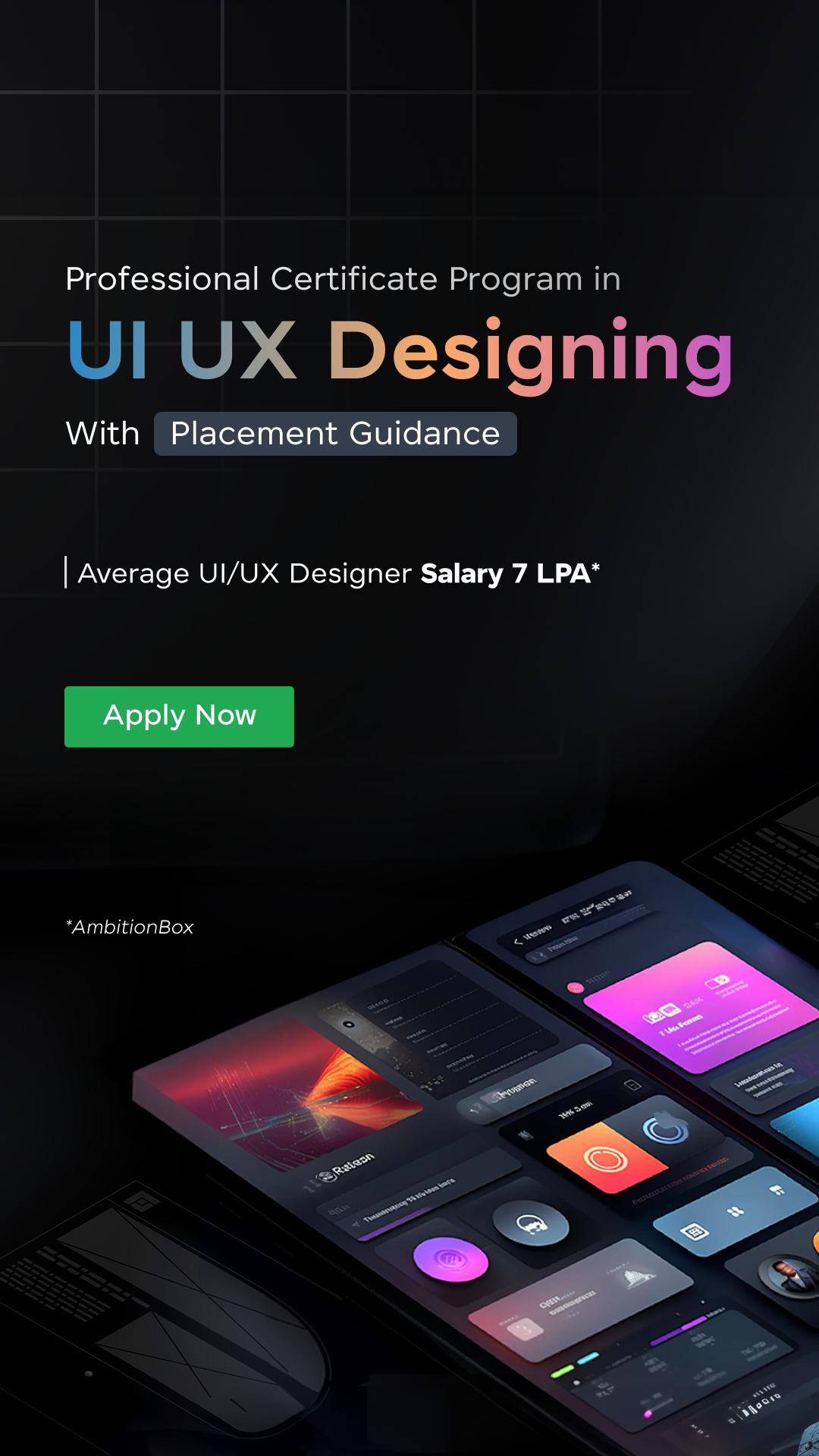







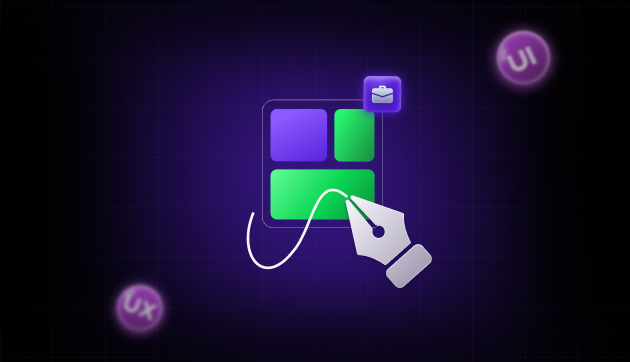

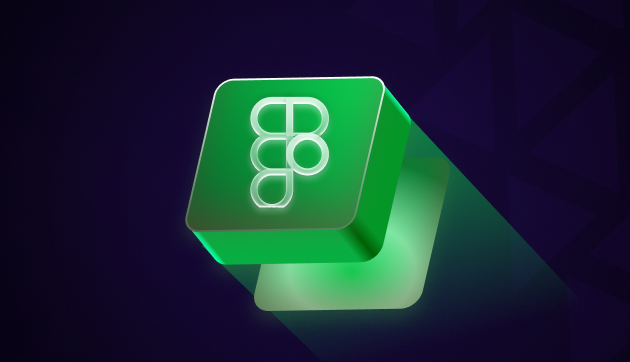
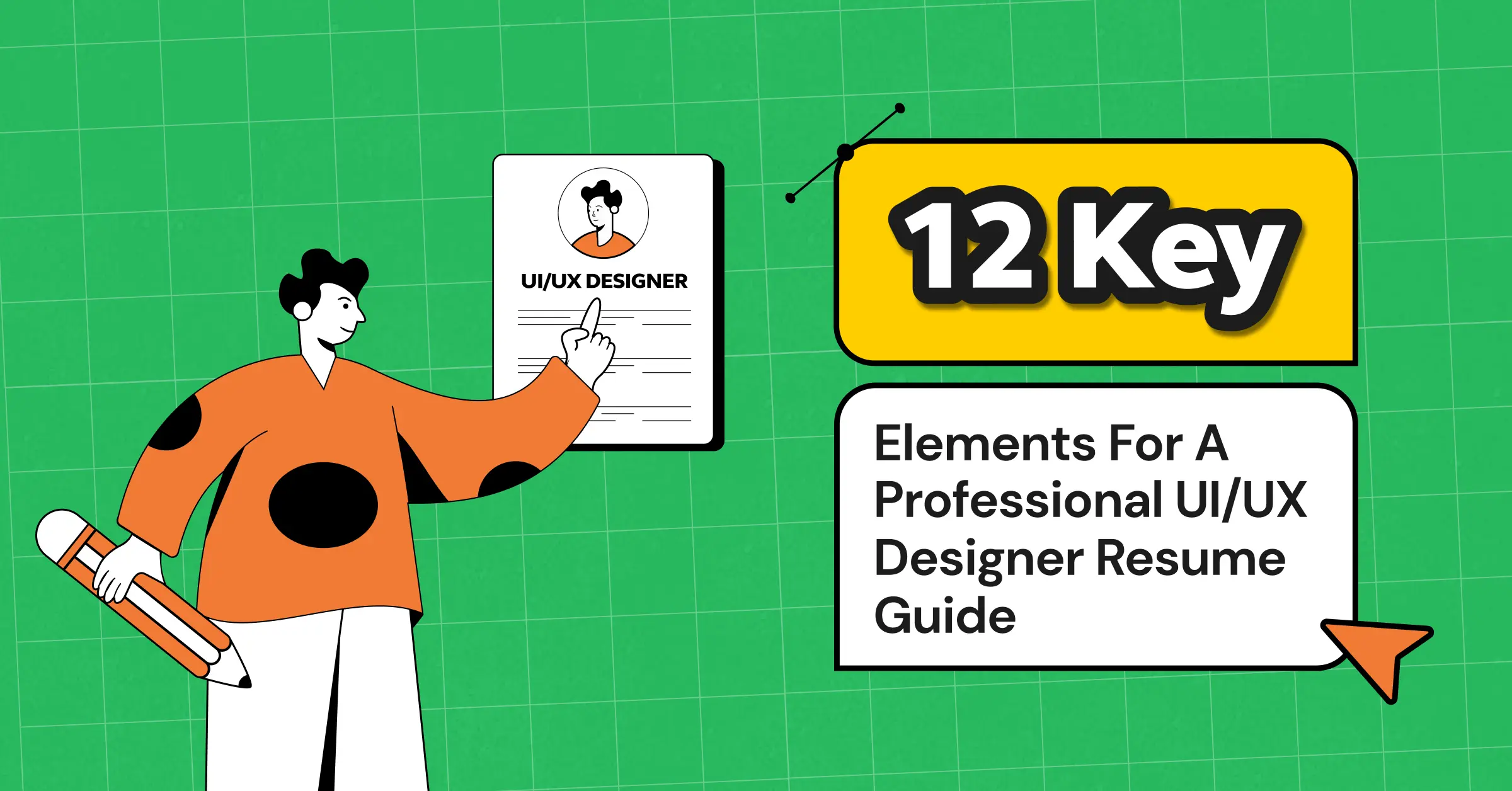
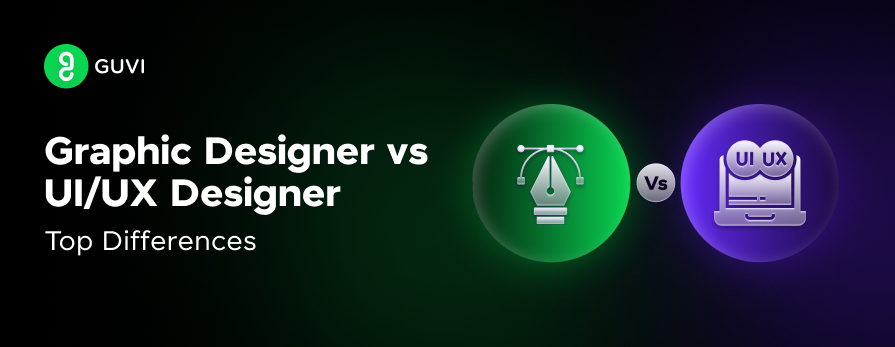
![Wireframe vs. Mockup vs. Prototype: Top Differences [2024] 12 wireframe vs. mockup vs. prototype](https://www.guvi.in/blog/wp-content/uploads/2023/12/Wireframe-vs.-Mockup-vs.-Prototype_-Top-Differences-feature-image.png)



I think this is a great foundation for creating successful products. User-centered design is essential for building products that people actually want to use. Following a structured design process can help ensure that you are considering all of the important factors throughout the development process.